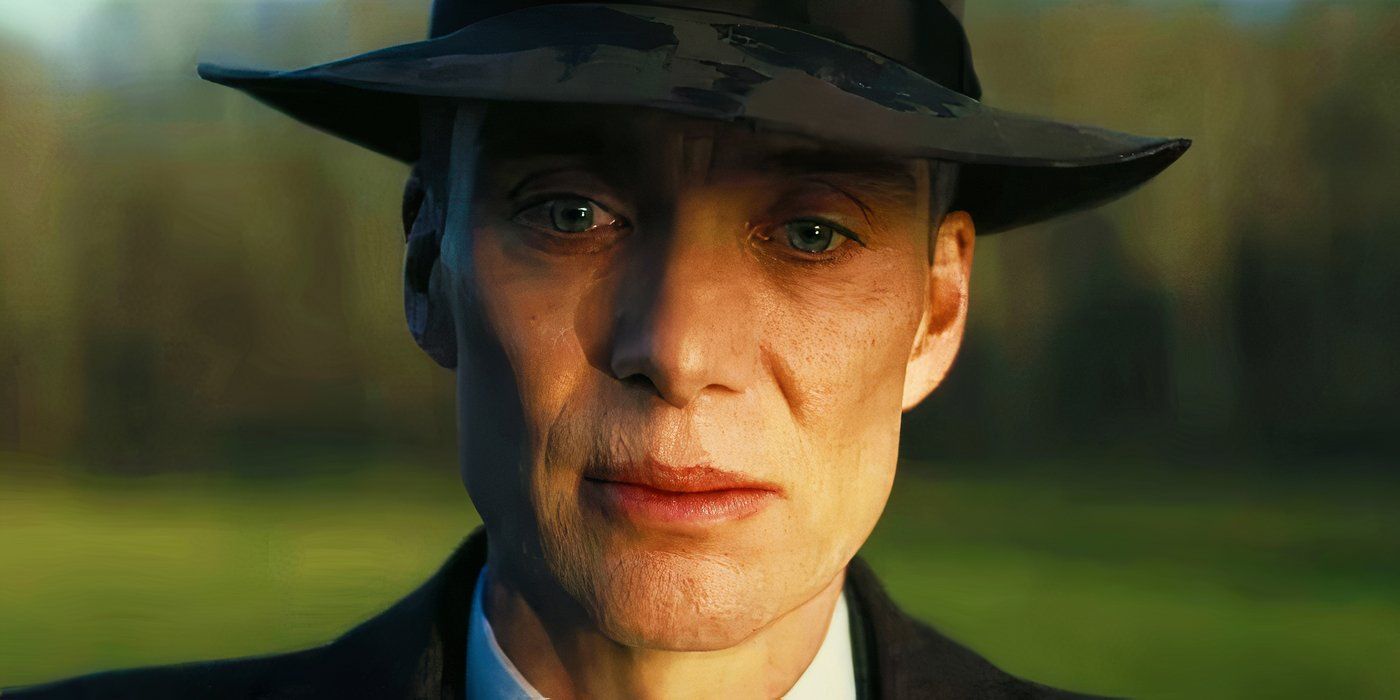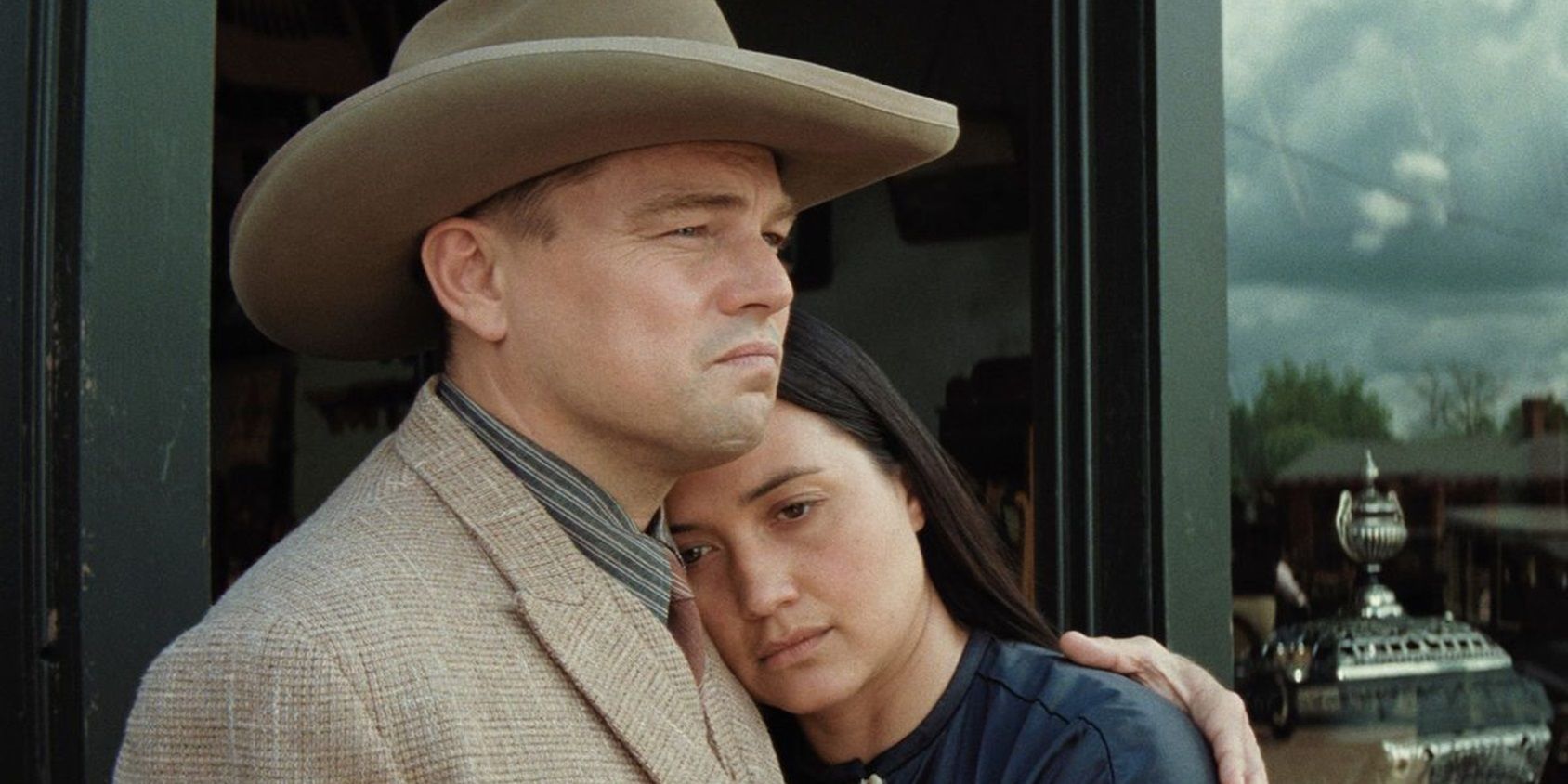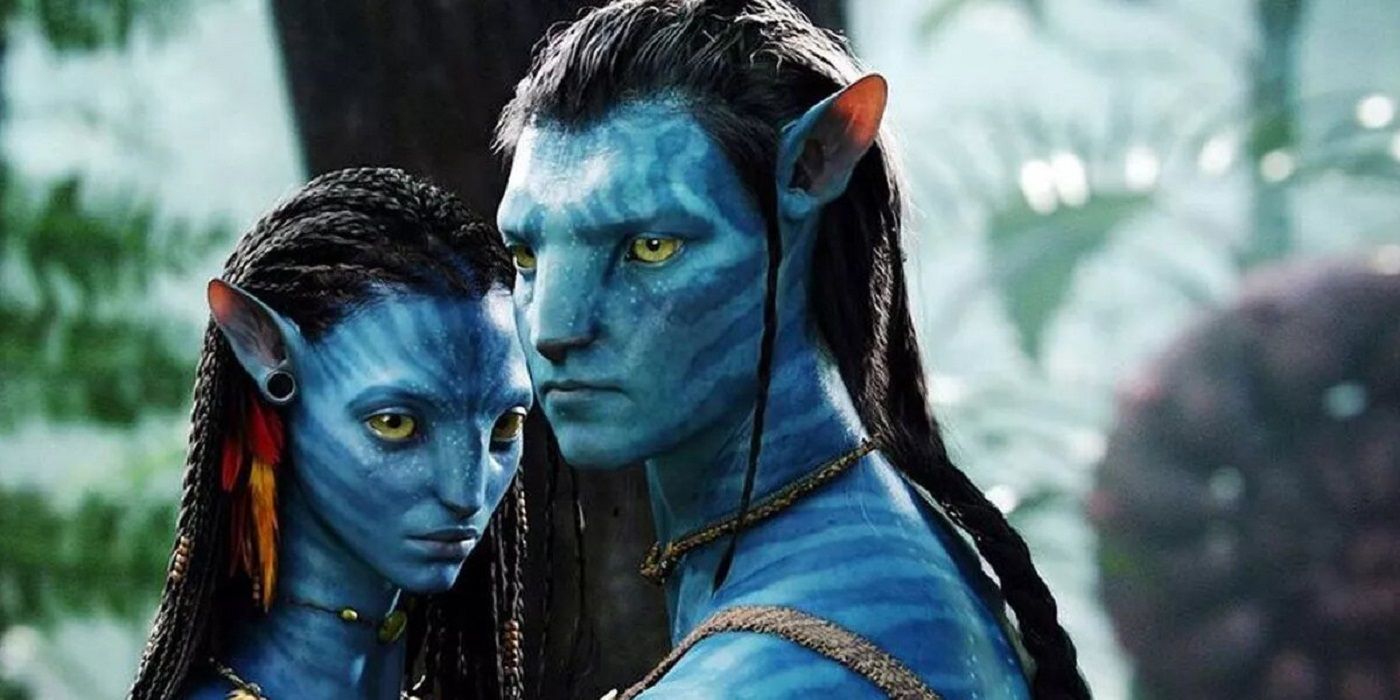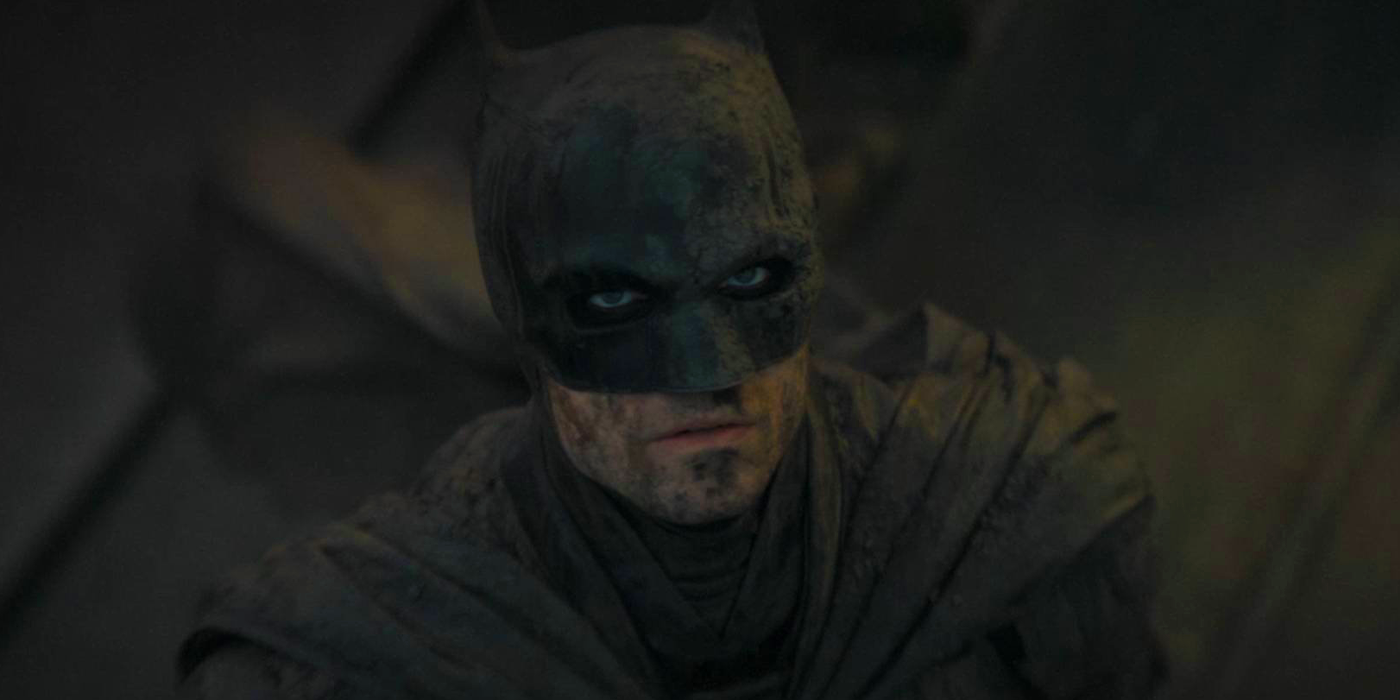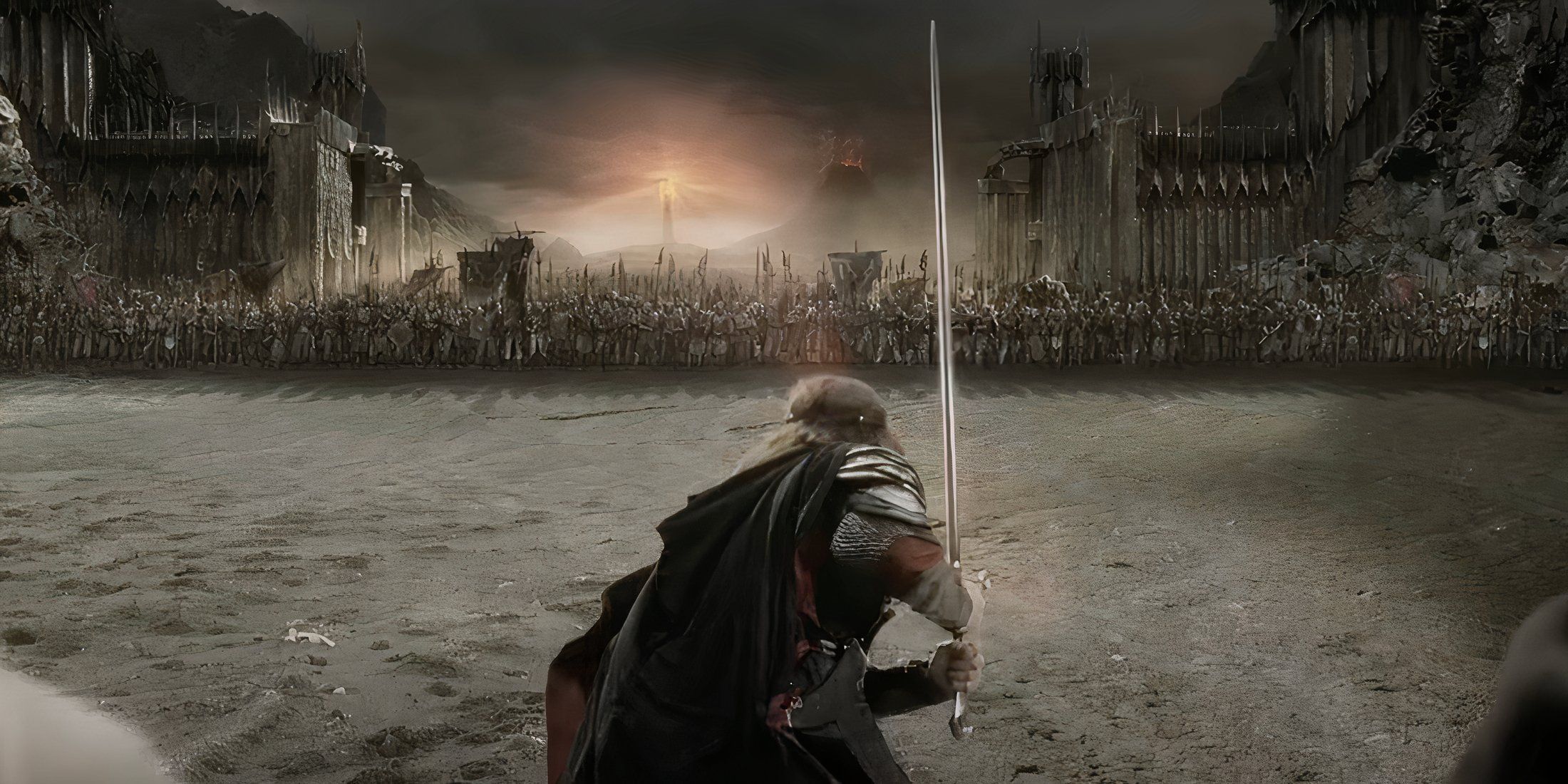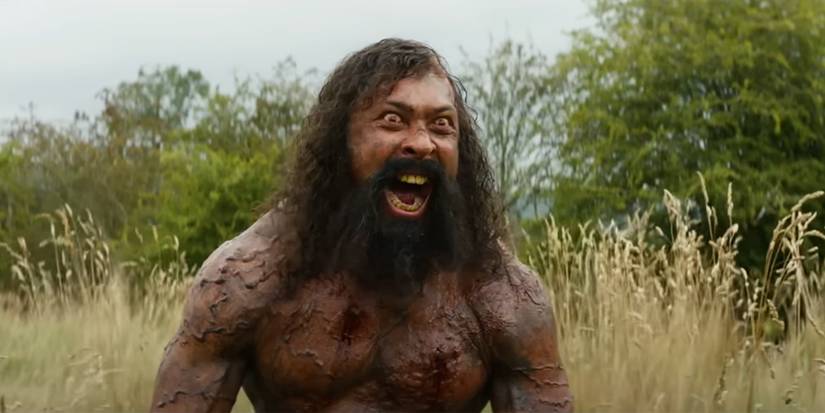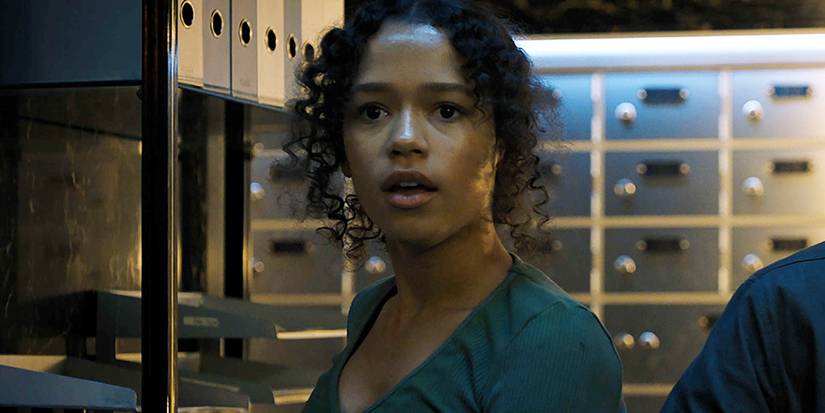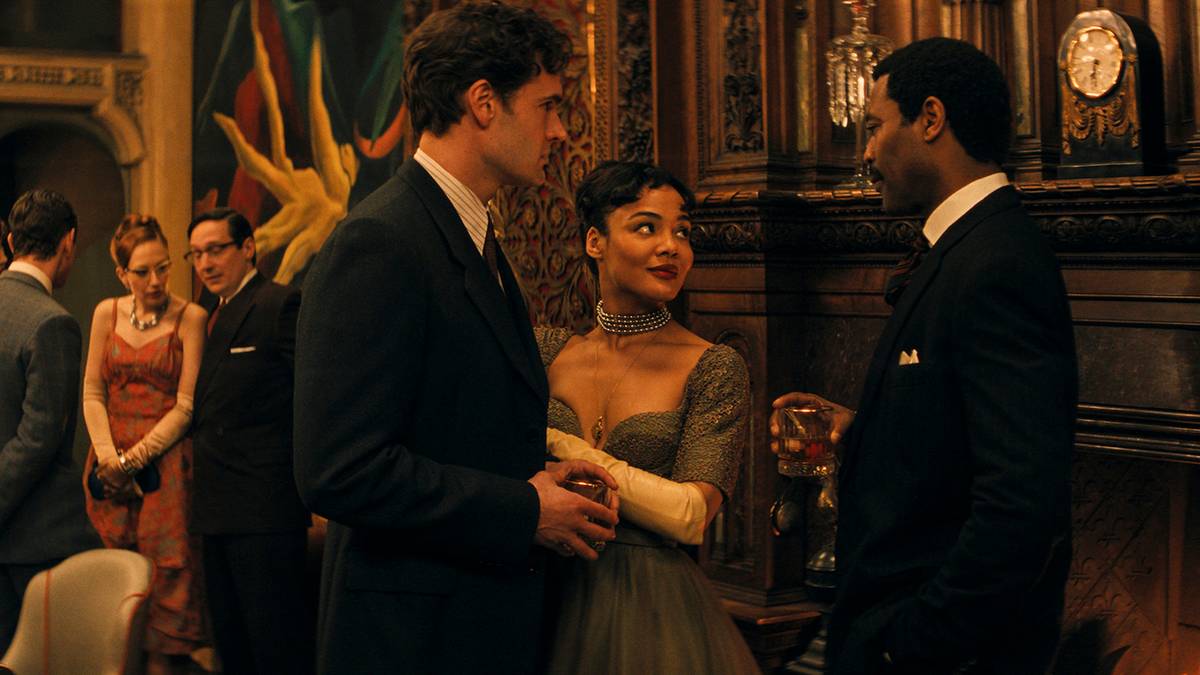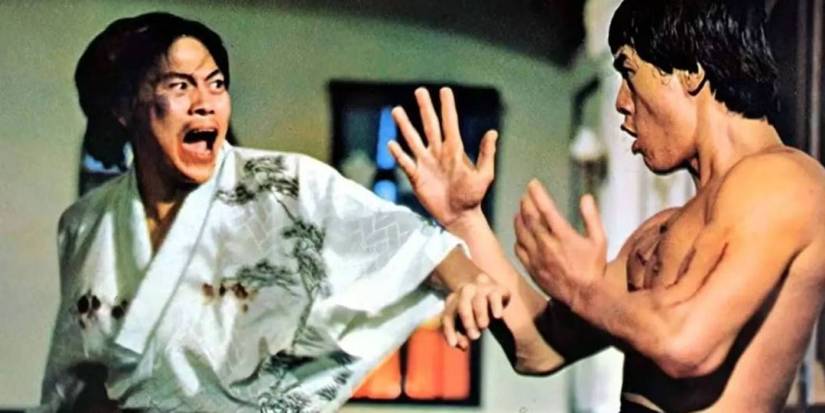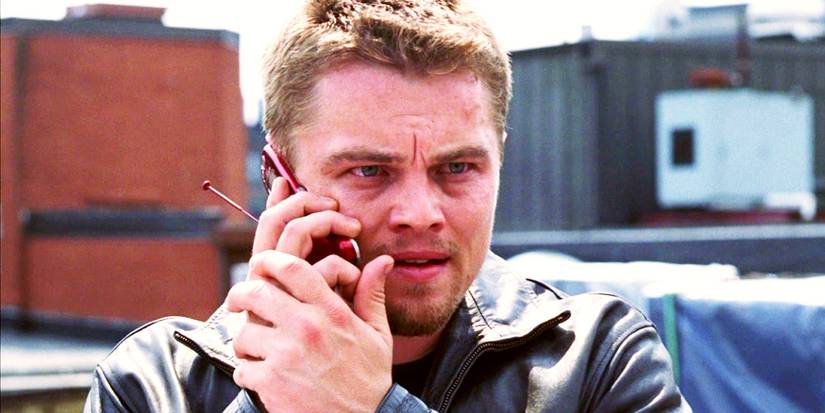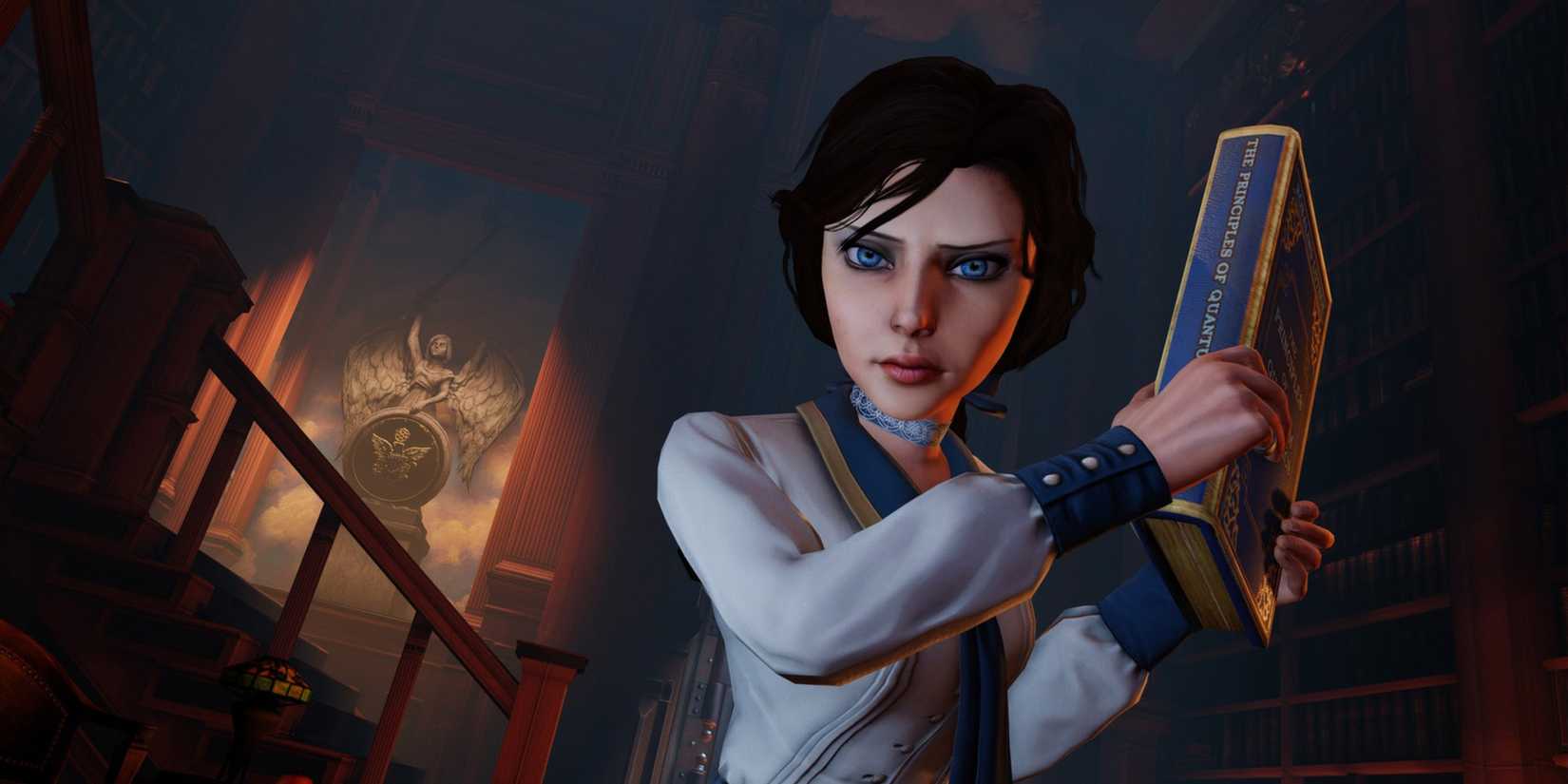With the onslaught of ʙuтт-numbing three-and-a-half-hour films like The Brutalist, movies seem to be getting much longer. At 215 minutes, The Brutalist is the longest mainstream movie to come along in a while. It’s so long that theaters have brought back the tradition of the intermission, which hasn’t been used since the 1960s, to give audiences a chance to stretch their legs and go to the bathroom halfway through it. But The Brutalist’s taxing runtime isn’t a special case; it’s one of many big movie releases to run for more than three hours in the past few years.
Long runtimes are getting more and more common. Oppenheimer was 180 minutes long. Killers of the Flower Moon was 206 minutes long. Gladiator II, Furiosa: A Mad Max Saga, and Kingdom of the Planet of the Apes are all two-and-a-half hours long. Wicked is longer than the Broadway musical it’s based on — and it only covers the first half of the story. There are a few reasons for this recent trend in the film industry. From its impact on box office results to the added value of a lengthier movie, it’s no mistake that movies are getting longer and longer.
6
The Switch From Film Reels To Digital Made It Easier To Screen Longer Movies
In the olden days, all movies were projected on film. A standard 35mm film reel has a length of 1,000 feet, which will run approximately 11 minutes of film at 24 frames per second. At a screening of The Wolf Man in 1941, a projectionist would’ve had to change the reel six times. At a screening of It Happened One Night in 1934, they would’ve had to change the reel nine times. But at a screening of Avengers: Endgame, they’d have to change the reel a whopping 16 times just to get to Tony Stark’s climactic sacrifice.
When movies were stored on film reels, those reels had to be transported to each individual theater. It’s much easier to get seven reels of The Wolf Man to all the theaters in America than 17 reels of Avengers: Endgame. The more reels a movie needs, the more expensive it is to ship it to theaters, and those shipping expenses would eat into the studio’s costs. There’s already so much overhead involved in running a movie studio, from production costs to marketing costs to exhibition costs; shipping more than a dozen reels for a long movie just adds to that.
These days, traditional film projection is more or less a thing of the past. There are still some holdouts, like Quentin Tarantino’s New Beverly Cinema in Los Angeles, but most modern movie theaters screen their movies digitally. When Disney sends the latest Spider-Man movie to a chain like AMC, it’s just a digital file. There’s no need to transport a crate of film reels out of Hollywood to all the theaters; a copy of Moana 2 can be used as an email attachment.
Whereas a three-hour movie projected on film needs to ship a heavy print across the country, a digital print of that same movie would fit on a DVD or a USB stick — or, better yet, an online storage site. A longer movie will have a much larger file size than a shorter one, but it’s much easier to transfer than a film print. The switch from film to digital has made it much easier to screen longer movies.
5
Longer Runtimes Lend Movies A Sense Of Prestige
In the 1960s, when every household in America with disposable income got a television set, movies suddenly had to compete with TV. Before the dawn of television, movie theaters were the only place audiences could go to see a story told on a screen. But when those audiences got TVs, they were being treated to stories on-screen all day every day for free. Why go out and buy a ticket to see a movie when new episodes of Batman, Star Trek, and The Twilight Zone are airing every week?
Studios responded to this conundrum by turning movies into big events. They invested a ton of money in big-budget epics — musicals, westerns, war films, science fiction — to enhance the theatrical experience. They included an intermission and an overture to make each movie feel like watching a play or an opera; a reason to get out of the house. The longer runtimes of these epics lent a sense of prestige to the big screen and the theatrical experience to lure audiences away from the box. In the age of streaming, studios are repeating this strategy to get audiences out to theaters.
4
A-List Directors Prefer To Make Longer Movies
Directors like to have as much freedom with their movies as possible, and that means making them nice and long. If the studio forces them to make cuts, like Universal did with David Lynch’s Dune, then they have to kill their darlings. When a filmmaker reaches A-list caliber, like Christopher Nolan, Martin Scorsese, or Quentin Tarantino, then they’re able to demand final cut privilege and make their movies as long as they want. Studios are desperate to work with these big-name filmmakers, so they meet those demands and allow them to make longer movies.
If Nolan wants to make his biopic of J. Robert Oppenheimer three hours long, Universal will let him. If Tarantino wants to make his hangout comedy set in ‘60s Hollywood 161 minutes long, Sony will let him. If Scorsese wants to make his gritty western about the slaughter of Native American tribespeople a three-and-a-half-hour marathon, Apple will give him hundreds of millions of dollars to make it happen. The longer they have to tell their stories and create their worlds, the happier these A-list filmmakers will be — and the happier they are, in theory, the better the work will be.
3
The Old Rule Of Shorter Runtimes Allowing More Screenings Hasn’t Affected Box Office Results
In the past, the reason to keep a movie as short as possible was to fit in more screenings per day. A theater can show a 90-minute movie twice as many times as they can show a three-hour movie, so they can theoretically sell twice as many tickets for the 90-minute movie. But in recent years, this old-school rule has proven to be a myth. Avatar became the highest-grossing movie ever made with a runtime of 162 minutes. Avengers: Endgame broke Avatar’s record with an even longer runtime of 181 minutes (and then Avatar took it right back).
The number of screenings per day doesn’t seem to have an effect on box office results. If audiences want to watch a movie, they’ll go to a screening that’s available, no matter how many screenings there are in a day or how long the movie is. These days, theatrical runs fluctuate a lot. Some movies are in theaters for months, while others are dumped on streaming within two weeks of their theatrical opening. If there’s an appeтιтe for a movie, then theaters will screen it for as many times as audiences will keep buying tickets.
2
Audiences Get More Value Out Of A Longer Movie
Another reason for longer runtimes is that audiences get more value out of a longer movie. A ticket for a 90-minute movie costs the same as a ticket for a three-hour movie, but the latter gives the consumer twice as much movie — twice as much bang for their buck. Matt Reeves could’ve cut The Batman down to two hours, but the three-hour runtime gave Batman fans another hour of Batman beating up goons. The Wolf of Wall Street’s three-hour runtime packs in more jokes; Inland Empire’s three-hour runtime packs in more stream-of-consciousness surreality.
A longer runtime and a more disjointed pace can certainly hurt the rewatchability of a movie. When it comes to streaming and home media, its slower stretches will definitely stand out on a second viewing. But for a first-time viewer who has made the trip to a theater and plunked down a few bucks for a ticket, a longer movie keeps them entertained for a little while longer and keeps them out of the house for a little while longer. The longer the movie, the more a given moviegoer gets to make a day of it.
1
Audiences Don’t Seem To Mind Longer Runtimes
In ᴅᴇᴀᴅpool & Wolverine, as ᴅᴇᴀᴅpool struggles to get a drunken Wolverine through a portal to the TVA, he jokes, “Don’t worry about it, audiences are used to long runtimes.” There’s a kernel of truth in that one-liner; audiences are used to long runtimes, and they don’t seem to mind watching longer movies. The Batman was a box office hit at 176 minutes long. The first two Lord of the Rings movies are just under three hours long and the third one is well over three hours long, and they all achieved blockbuster success at the box office.
When there was a bit of controversy over Avatar: The Way of Water’s trying 192-minute runtime, James Cameron made a good point. He argued that modern audiences will sit and binge-watch an entire eight-hour season of a show like Stranger Things without taking a break, so their approach to movie-watching should be no different. It’s easier to decide when to take a bathroom break with a pause ʙuттon readily available, but watching a really long movie like The Brutalist at a theater is similar to binge-watching a limited series at home.

